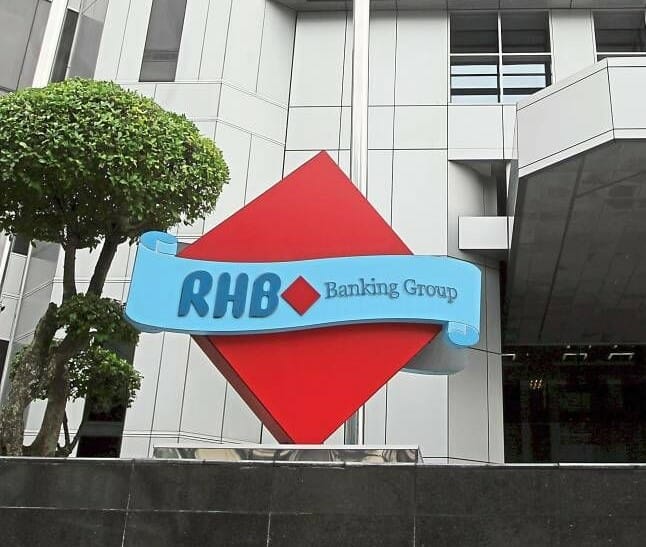Incumbent telco Axiata has partnered with RHB Bank to apply for the first of up to five digital banking licences planned to be issued by the central bank later in 2021/early 2022. Approximately 40 parties are reportedly considering applying for licences, meaning competition will be intense, but we believe the Axiata-RHB application has a high chance of succeeding.
Key to that success will be Axiata’s historical success in promoting and developing Malaysia’s mobile banking market, one that served 21.18mn registered subscribers at the end of March 2021, equivalent to 64.8% of the total population of the country and approximately 45% of the total mobile subscriber base. Axiata-owned Celcom has secured a strong position within a segment of the market that does not have a traditional bank account but which will, as the country’s prosperity improves, increasingly need access to financial services more complex than rudimentary payments and money transfers. That richer service ecosystem – which would include loans and investment modelling – would be provided by RHB.
E-money services are already in widespread use amongst the more affluent population centres in Malaysia, where
clients have access to both laptops and to traditional physical banking branches. However, that part of the market
suffered a palpable blow in the second quarter of 2020 as lockdowns necessitated by the Covid-19 pandemic saw many customers unable to use online banking services to the full. The number of transactions dropped sharply, although the value of transactions increased. The emergency exacerbated an existing trend, however, and banks – which earn commissions per transaction – will be keen to see both metrics rising in the future.
Mobile banking, by contrast, benefited from the pandemic, with both transaction volumes and values of transactions
increasing overall and remaining high and on an upward trend afterwards. By combining the ease of accessibility of
mobile banking with the richness and complexity of traditional and online banking services, the new generation of digital banking providers are likely to do well. In particular, we note that Malaysia’s rapidly-growing ‘gig economy’ will spawn a new type of banking customer – so-called ‘digital natives’ who will need solutions that enable them to manage both their personal banking needs with their business banking requirements, the latter requiring real-time interactions with multiple employers and assets.
This aspect of improving financial inclusion and stimulating the local economy through the support of small businesses and start-ups features in the five main criteria needed to qualify for a local digital banking licence. Applicants must be able to show that they can, drive financial inclusion by ensuring quality access and responsible usage of financial services, maintain an asset threshold of no more than MYR3bn in the first 3-5 years (Foundational Phase); comply with Financial Services Act (FSA) and Islamic Financial Services Act (IFSA) regulations; offer meaningful access and responsible, affordable financial solutions; and, safeguard the integrity and stability of the financial system through capital funds of MYR100mn (Foundational Phase).
As many Malaysian banks and financial institutions are already permitted to offer online banking services, RHB Bank’s involvement is notable. It does not need a formal digital banking licence but it clearly sees the benefits of directly reaching a new type of customer through Axiata/Celcom. It will be interesting to see whether other banks, encouraged by RHB’s move, will now follow suit and look to team up with other telecoms players.
Article contributed by Fitch Solutions









